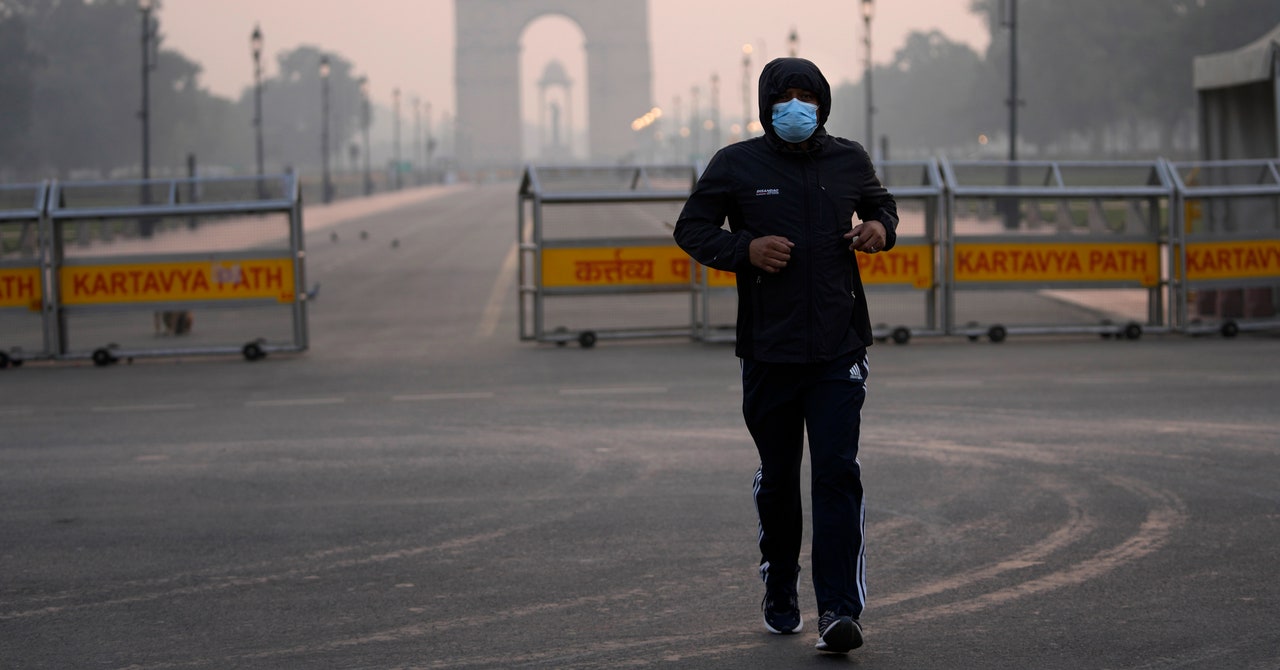Physical Address
304 North Cardinal St.
Dorchester Center, MA 02124
Physical Address
304 North Cardinal St.
Dorchester Center, MA 02124

Amidst all these concerns, the city has appealed drones to monitor pollution hotspotsexcept those who spray water to suppress PM2.5. “Drones are useful for entering manually controlled areas such as crowded urban areas or industrial areas,” says R Subramanian, head of air quality at the Bangalore-based Center for Science, Technology and Policy Studies to identify the sources of pollution, further inspections and actions are needed to address the problems. “Local officers should consider and enforce changes such as rerouting traffic or certain polluting activities. termination,” he explains.
Subramanian also emphasizes the importance of expanding pollution forecasts. “Delhi uses SAFAR, an air quality panel managed by the Indian Institute of Tropical Meteorologywhich provides three-day forecasts by combining computational models and machine learning. However, extending this forecast by 10 days will give the authorities more time to implement preventive measures,” he says.
Even if Delhi’s mess of pollution control techniques can be improved and made more efficient, and much work is needed to achieve this, this does not address the fact that air pollution is part of a much larger regional problem as of late. satellite images from NASA to show Currently, a thick blanket of smoke covers the entire Indo-Gangetic Plain, which stretches across northern India and Pakistan. : “Efforts to address this need to go beyond Delhi,” says Kumar.
Sagnik Dey, a professor at the Center for Atmospheric Sciences at the Indian Institute of Technology in Delhi, said the satellite data is working to shift from a centralized solution to a regional approach reflected in India’s National Clean Air Programme rural areas, especially in the Indo-Gangetic plain, are just as polluted, if not more, due to biomass burning,” says Day.
Satellite monitoring could go further, suggests Subramanian, who would like to see it used to track methane emissions from industrial facilities to identify super-emitters, as well as ground-based remote sensing of vehicles to assess tailpipe emissions and identify faulty vehicles that need repair. or need to be deleted These interventions can support evidence-based policy decisions more broadly, argues he
“We cannot solve Delhi’s pollution problem by focusing on the city,” adds Dey , that solving the problem requires action by regulatory agencies.There is a big gap between what the National Clean Air Program is doing and what needs to be done.
Experts believe that despite advances in pollution control technologies, Delhi’s air quality is unlikely to improve significantly in the next decade without decisive policy action. heat capacitysteel and transport remain poorly regulated. “We already have enough science, data and solutions,” says Chanchal.